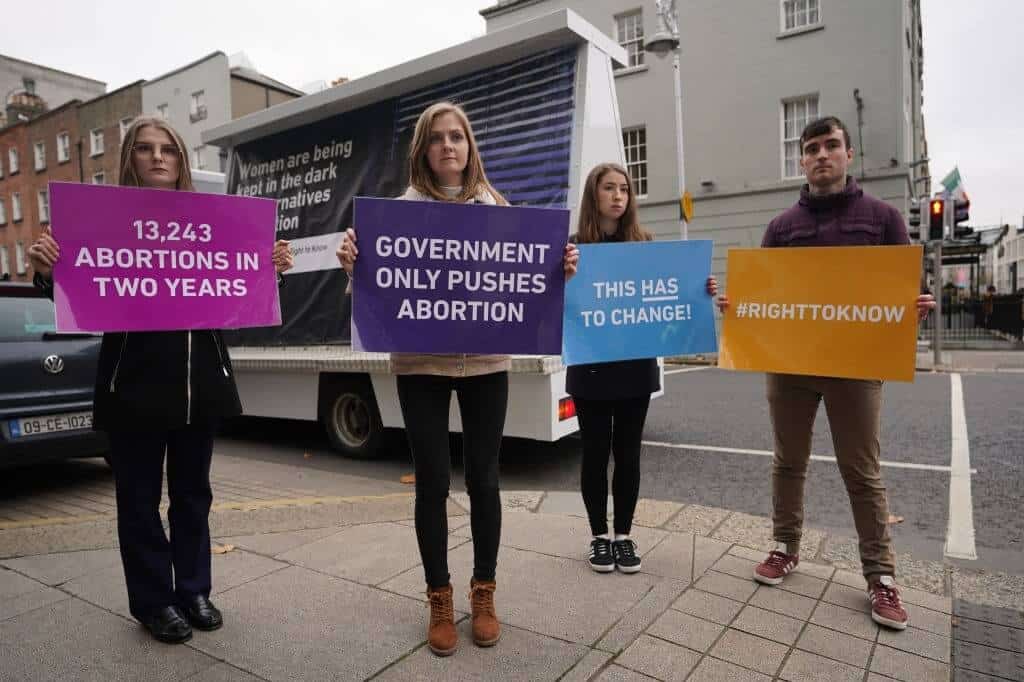In The United States, Abortion Is Still Deemed Medically Safe For Women
Nikki Attkisson | Last Updated : November 26, 2021There is no doubt that abortions are safe for women, according to the medical evidence that has been amassed so far in the abortion debate. According to University of Washington obstetrics and gynecology professor Dr. Sarah Prager, abortion is safer than childbirth, colonoscopy, tonsillectomy, and other standard procedures. There is no greater danger to one’s health than delivery, the woman added.
In The United States, Abortion Is Still Deemed Medically Safe For Women
Prager claimed at a conference held by the American Association for the Advancement of Science that women who have abortions do not suffer from any long-term mental or physical health issues. (AAAS).

According to Prager, abortion does not pose any long-term health risks. These diseases are not linked to infertility, ectopic pregnancies, spontaneous abortions, miscarriages, or preterm births. There is also no increased risk of mental health issues compared to the danger of a full-term pregnancy.
The American Association of Physics has been preparing for any Supreme Court challenges to Roe v. Wade, the 1973 decision that made abortion legal in the United States.
In the US, according to Prager, there are around 0.7 deaths per 100,000 abortions. As an example, there are around nine deaths per 100,000 births related to delivery. Abortion rates in the United States have been declining for decades.
There were an estimated 13.5 abortions per 1,000 women of childbearing age in 2017, a reduction of 8% from 2014, according to the Guttmacher Institute, an independent, non-profit research organization. Since 1973, the United States has had one of the lowest rates ever recorded; the rate was 16.3 in 1973 and rose to 29.3 in 1981 before beginning a long-term decline, according to the Institute of Medicine.
According to Stevenson, after Roe v. Wade made abortion legal in the United States, the number and rate of abortions soared, then stayed fairly stable until the 1980s, before starting to fall and continuing to decline throughout the 1980s.
According to Stevenson, about three out of every five abortions now are performed on women in their early twenties. Abortion rates fell the quickest among girls aged 15 to 17 between 2008 and 2014, dropping from 6.1 to 3.4 per 1,000 during those years.
Stevenson estimates that two-thirds of all abortions have occurred within the eighth week of pregnancy or earlier in the last several years, with 88% happening during the first 12 weeks. Around 1.3 percent of pregnancies end in abortion after 20 weeks.
Any stage of pregnancy may be used to induce preterm labor with the use of the drug mifepristone in medication abortions. Vacuum suction is used in uterine aspiration to remove the uterine contents from the cervix.
According to Prager, this often takes less than five minutes to complete throughout the first trimester. During the first trimester, anesthesia and the operating room are not usually required, and in certain cases, they are not even needed after that.
After 14 weeks of pregnancy, a woman may have surgery to end her pregnancy, which entails dilation and evacuation of the uterus. A general anesthetic is usually used during the procedure. An outpatient procedure, it has lower complication rates than a pharmacological abortion.
With over 15 years as a practicing journalist, Nikki Attkisson found herself at Powdersville Post now after working at several other publications. She is an award-winning journalist with an entrepreneurial spirit and worked as a journalist covering technology, innovation, environmental issues, politics, health etc. Nikki Attkisson has also worked on product development, content strategy, and editorial management for numerous media companies. She began her career at local news stations and worked as a reporter in national newspapers.
